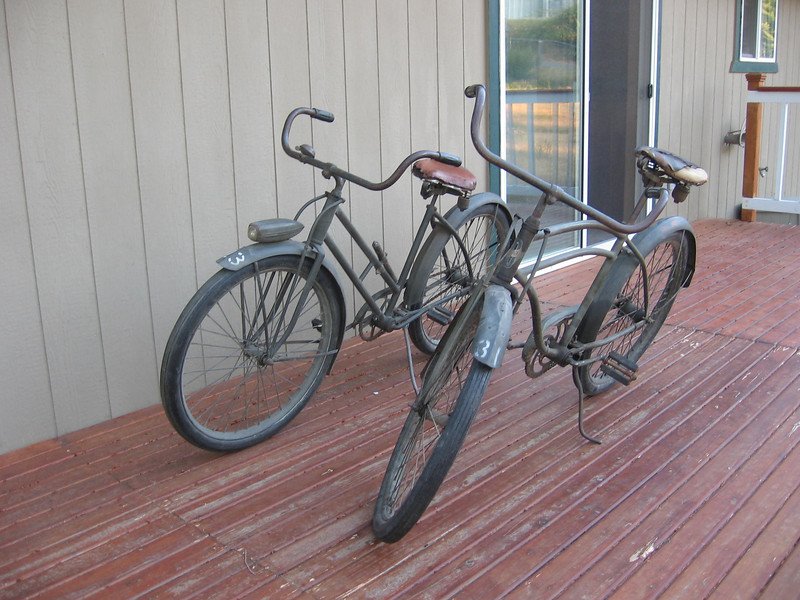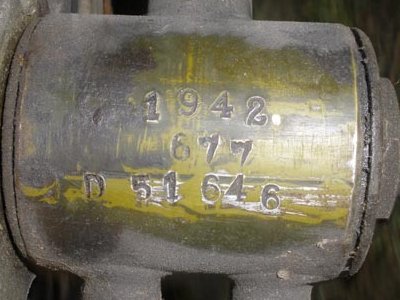Sorry if this is not the right thread to post this but I don't think we have a thread dedicated to WWII Bicycles.
Would highly appreciate if anyone can provide me leads/info to these cycles. Not looking to spend huge sum on them. I am trying to acquire a WWII Bicycle and I am interested in any of the following:
1) Columbia Bicycle
2) Huffman Bicycle
Here is a picture of the above two bicycles. In terms of looks, the Columbia and Huffman are pretty much similar.
First Picture: Left: Huffman Men's
1942
677
D 51 646
Right: Columbia Woman's
K 6
MG 140092
 Second Picture: Men's Columbia
Second Picture: Men's Columbia
MG138969

These two WWII Bicycles were produced during the war and even after the war.
The only way to distinguish a real
military bicycle from a
civilian model is by looking at the number located on the frame underneath the front crank set.... Frame numbers were hand stamped during WW2 and should not be aligned....
Columbia wartime military bicycles have Serial Numbers starting with either 'MF' or 'MG' and are not dated contrary to Huffman made bikes, which are dated and have a Serial Number starting with a letter ('D' and 'H' have been observed) followed by a number.

 3)
3) BSA (Birmingham Small Arms) Folding Paratrooper Bicycle
Where folded and used by the para troopers along with their parachute jump. This is a bike made using the frame and forks of a BSA Paratrooper bike. This folding bike was made during World War II. At the time, parachute drops were not terribly accurate and the men would be spread over a large area on landing. The idea of this bike was that the paratrooper carried it with him in the plane, threw it out first, then jumped out. The bike was tied to his harness by a few yards of line. On landing, the paras would unfold the bikes and ride to a rendezvous point to fight the Germans.
The bikes were never used operationally in this way, though there is a photograph of Canadian soldiers coming ashore after D-Day with the bikes to use them to get forward.
Curved tubes are never a good idea in the main frame of a bike. They cost money to bend and add weight. BSA used them to make the frame wider so that the hinges would work better. For bikes that weren't meant to fall from the skies, BSA stuck to the traditional frame design. Curved tubes might look elegant, but they compromise function.

Credit for picture and info goes to: Craig J, Liberator & Gee
 (2)
Thanks
(2)
Thanks









